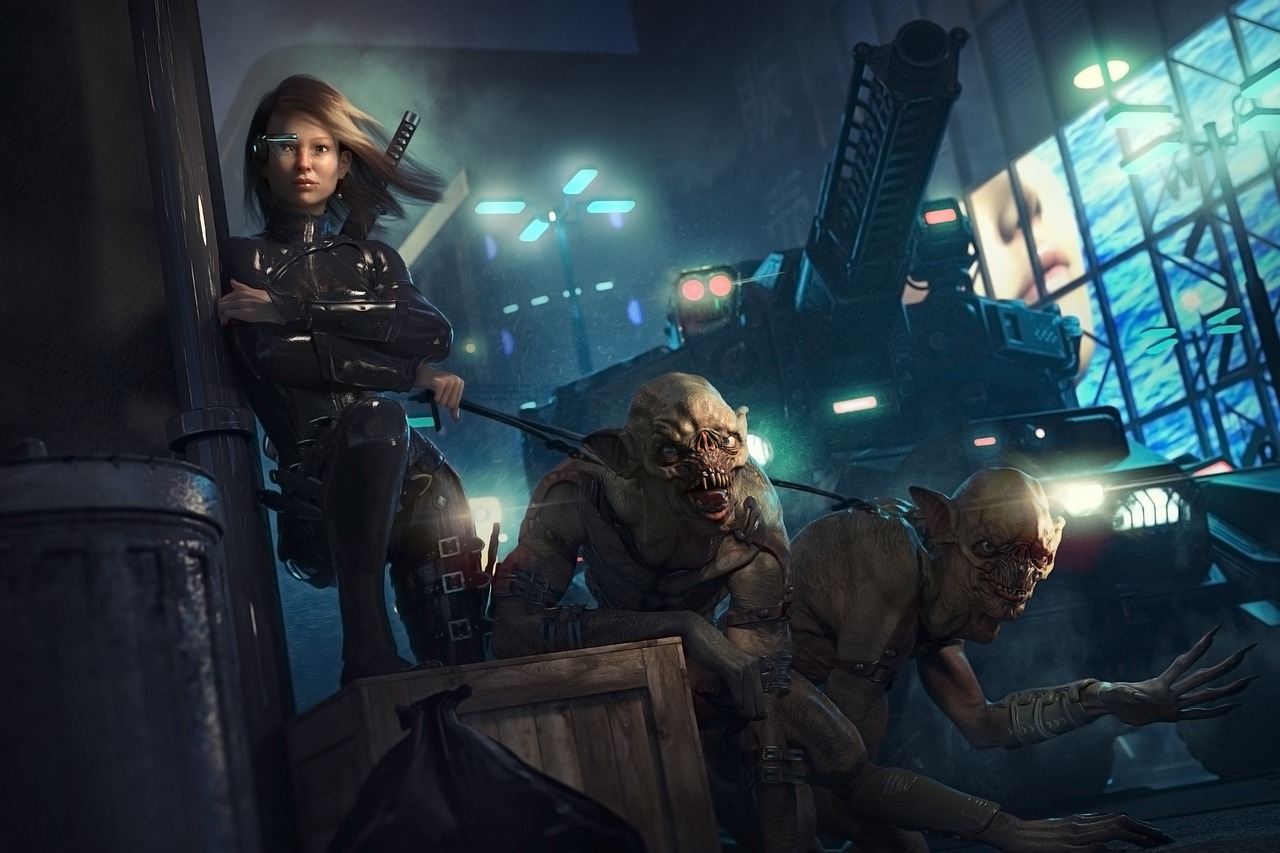Are you tired of your 3D characters looking like stiff mannequins? Do you want to create characters that move and express themselves realistically? With the right techniques and tools, you can create dynamic and believable 3D characters that captivate your audience. In this guide, we’ll cover the essential steps to rigging and animation, from modeling to texturing, rigging, and animation. Whether you’re a beginner or an experienced 3D artist, this article will provide you with the tips and tricks to take your 3D characters to the next level.
Introduction: Creating Realistic 3D Characters
Creating a 3D character that moves and expresses themselves realistically is an art form that requires patience, attention to detail, and creativity. It’s a multi-step process that involves everything from designing the character to rigging and animating them. In this guide, we’ll cover all the steps to create realistic 3D characters that move and behave like real-life beings. We’ll also provide you with the tips and tricks to help you avoid common pitfalls and create compelling and believable characters.
Step 1: Modeling and Texturing
The first step to creating realistic 3D characters is modeling and texturing. Here are some tips to help you get started:
Tip 1: Start with a Sketch or Concept
The key to creating a successful 3D character is to start with a clear concept or sketch. This will help you to create a cohesive design that is consistent throughout the modeling process. By sketching your character first, you can ensure that you have a clear idea of what you want your character to look like and how they will move.
Tip 2: Keep It Simple
When it comes to modeling, less is often more. Keep your character’s design simple and avoid adding too many details that can be difficult to animate later on. A simple design will allow you to focus on creating realistic movements and expressions, which is the ultimate goal of rigging and animation.
Tip 3: Use High-Quality Textures
High-quality textures are critical to creating realistic 3D characters. Use textures that are high resolution and properly UV mapped to ensure that your character looks and feels like a real-life being.
Step 2: Rigging
Rigging is the process of adding a skeleton and controls to your 3D character to create movement and expression. Here are some tips to help you get started with rigging:
Tip 1: Keep It Simple
Just like with modeling, it’s important to keep your rigging simple. Avoid adding too many bones or controls that can make your character difficult to animate. By keeping your rigging simple, you’ll be able to create believable movements and expressions that enhance the character’s personality and behavior.
Tip 2: Use Inverse and Forward Kinematics Controls
Inverse kinematics (IK) and forward kinematics (FK) controls are essential for creating realistic movement in your character. Use both types of controls to give your character the ability to move naturally and fluidly.
Tip 3: Weight Painting
Weight painting is the process of assigning weights to different parts of your character’s mesh. This helps to ensure that your character moves realistically and that joints don’t deform in strange ways. Weight painting is a crucial step in rigging, and it takes practice and patience to master.
Step 3: Animation
Animation is the process of bringing your 3D character to life by creating movement and expression. Here are some tips to help you get started with animation:
Tip 1: Use Keyframes
Keyframes are the foundation of animation. By setting keyframes for your character’s movement and expression, you can create a smooth and believable animation that conveys the character’s personality and behavior.
Tip 2: Use Reference Material
Reference material, such as videos of real people or animals, can be a great way to create realistic movement in your character. Take the time to study how different movements look in real life and use that knowledge to inform your animation. This can help you to create a character that moves and behaves like a real-life being.
Tip 3: Don’t Forget the Small Details
The small details can make all the difference in creating a realistic animation. Pay attention to subtle movements, such as blinking or breathing, and make sure to include them in your animation. These small details can add depth and realism to your character and make them more relatable to your audience.
Conclusion
Creating realistic 3D characters is a challenging but rewarding process. By following the steps outlined in this guide, you can take your characters from stiff mannequins to dynamic and believable beings that captivate your audience. Remember to keep it simple, use high-quality textures, and pay attention to the small details. With patience, practice, and creativity, you can create characters that move and behave like real-life beings. So get started with “How to Create Realistic 3D Characters: A Guide to Rigging and Animation” and bring your characters to life!

